Moral Circles Heatmap
Confirmed 14,944
Part of a series on Politics / Government. [View Related Entries]
Related memes: What Does The 'Moral Circles' Heatmap Mean And How Accurate Is It? Analyzing The Chart Turned Meme
Moral Circles Heatmap
Part of a series on Politics / Government. [View Related Entries]
About
Moral Circles Heatmap refers to two heatmap charts of moral allocation distribution done by conservative and liberal participants. The charts, in which the larger rings also include the smaller rings, reflect how conservatives and liberals distribute their moral regard, with the highest value on the conservatives' heatmap falling within the "all of your friends" range and the highest value on the liberal responders' heatmap falling within the "all living things in the universe including plants and trees" circle. Starting in 2024, the heatmap has been used by conservatives in online arguments to argue that liberals hold less regard for their family and friends than for migrants, strangers and humanity as a whole. A reaction image based on the chart is known as Opinion Dismissed Heatmap.
Origin
The heatmaps come from a sociological study titled "Ideological differences in the expanse of the moral circle," authored by Adam Waytz, Ravi Iyer, Liane Young, Jonathan Haidt and Jesse Graham, which was published[1][2] on September 26th, 2019.
Study 3a published in the paper had 130 United States residents including 64 liberals, 31 moderates and 36 conservatives with a median age of 36 completing a moral allocation task. The participants allocated 100 "moral unites" among 16 categories, pictured as increasingly large concentric circles, ranging from "all of your immediate family" to "all things in existence."
The results of the study, visualized as a heatmap, revealed that liberal participants tended to include non-humans, with the highest value on the heatmap falling in the "all living things in the universe including plants and trees" range. Meanwhile, conservative respondents tended to give more parochial replies, with the highest value on their heatmap falling within the "all of your friends (including distant ones)" range (chart shown below).
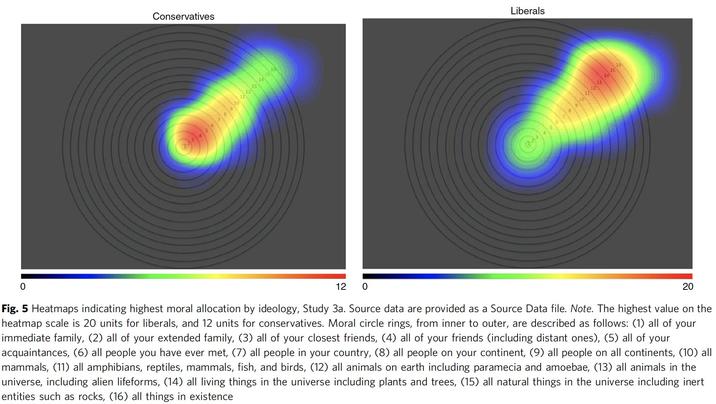
Importantly, the instructions for the task clarified that the selected number included the numbers below it as well, meaning that larger circles (such as number 10 "all mammals") also included smaller circles 1 to 9 ("all of your immediate family," "all people you have ever met," etc.) (supplementary note shown below).

Spread
On November 12th, 2021, iFunny[7] user Volt reposted the heat map with the description from the study, commenting, "Liberals are all mentally ill", with the post gaining over 230 smiles and 60 comments in roughly three years.
On May 7th, 2023, X[3] user @robkhenderson posted the heatmap along with the procedure description, interpreting it as "liberals devoting most of their concern to plants, trees, and inert entities such as rocks." The post (shown below) garnered over 520,000 views, 1,000 reposts and 3,900 likes in two years.

The chart did not achieve a significant spread online until 2024. On June 5th, 2024, X[4] user @malmesburyman used the heatmap as a supporting argument in a post about the use of the term "white fortressing" by liberals. The post (shown below) garnered over 300 reposts and 3,200 likes in six months.

On September 8th, 2024, right-wing political commentator Jack Posobiec posted the heatmaps, commenting, "Liberals care more about people / things further away from them than people closer." The post received over 370 reposts and 1,700 likes on X[5] in four months, further popularizing the heatmap online.
In late 2024, the heatmaps saw more use as an argument against liberalism online, eventually becoming used out-of-context as more users became familiar with the chart.
For example, on December 20th, X[6] user @kenzietuff posted the chart without an annotation, commenting, "It is wild how much it really does all come down to this." The post (shown below) received over 2,100 reposts and 40,000 likes in two weeks.

Steak and Avocado Version
On December 31st, 2024, X[8] user @PostMillone posted an image of a steak and an avocado laid out on two plates, with steak symbolizing the conservatives and the avocado symbolizing the liberals, and the image itself being a reference to the heatmap. The image (shown below) achieved popularity as a reaction in January 2025.

Various Examples



Search Interest
External References
[1] Nature – Ideological differences in the expanse of the moral circle
[2] National Library of Medicine – Ideological differences in the expanse of the moral circle
[3] X – @robkhenderson
[4] X – @malmesburyman
[5] X – @JackPosobiec
[6] X – @kenzietuff
[8] X – @PostMillone
Recent Videos
There are no videos currently available.
Recent Images 20 total
Share Pin
Related Entries 62 total
Recent Images 20 total
Recent Videos 0 total
There are no recent videos.
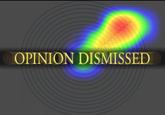
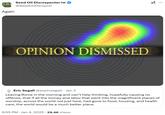



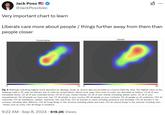
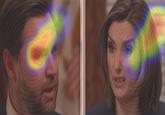
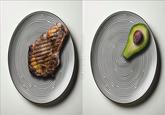
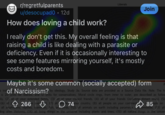
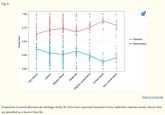



Top Comments
spindash64
Jan 08, 2025 at 10:20AM EST
Nox Lucis
Jan 08, 2025 at 10:54AM EST